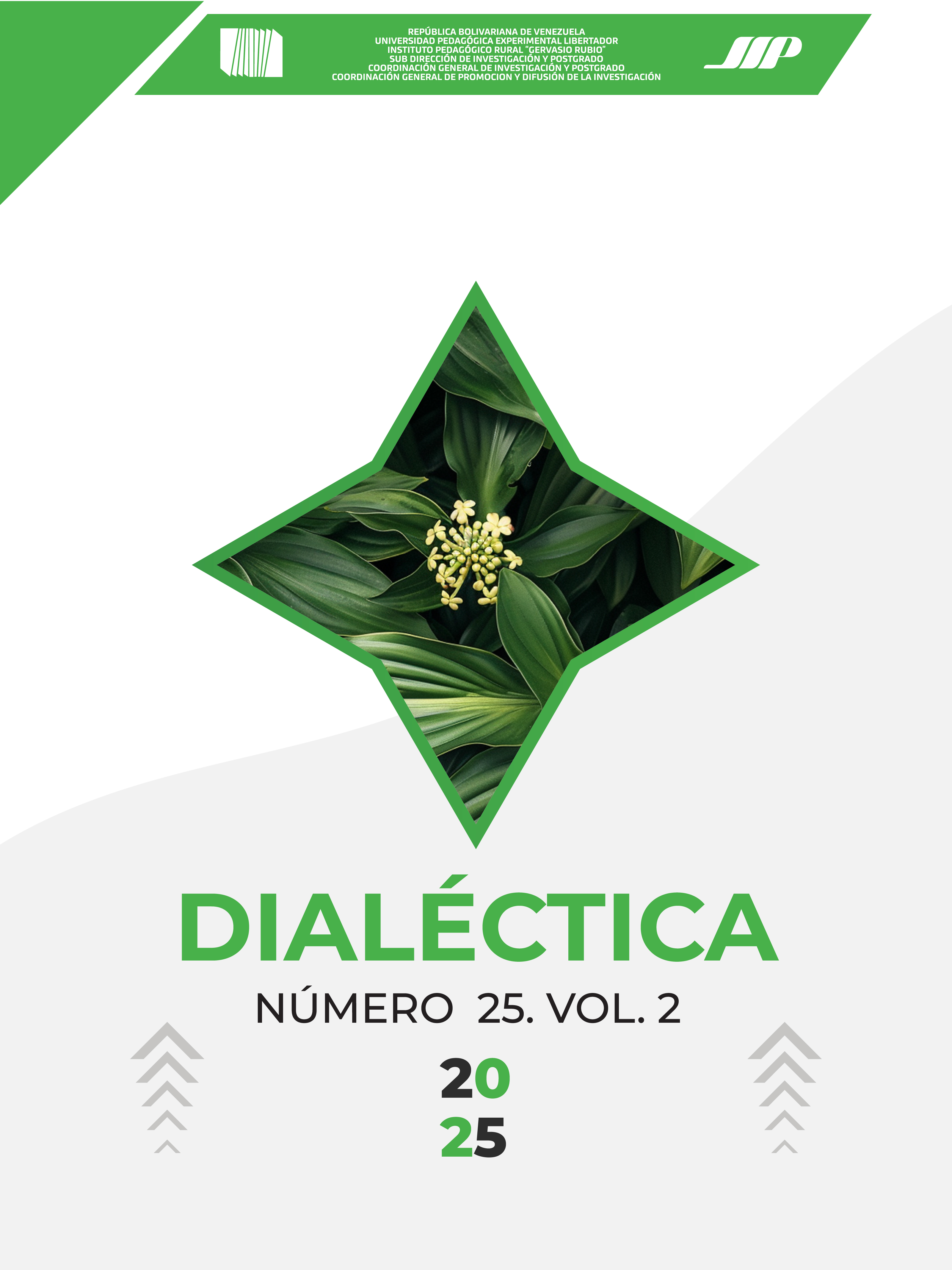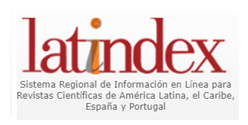USE OF THE INVENTOR APP AS A PEDAGOGICAL STRATEGY TO STRENGTHEN THE UNDERSTANDING OF THE SET OF RATIONAL NUMBERS
DOI:
https://doi.org/10.56219/dialctica.v2i25.4072Keywords:
pedagogical strategiesAbstract
The learning of rational numbers is a fundamental pillar in mathematics education, since it allows the development of essential skills for solving everyday problems and logical-mathematical reasoning. However, this topic often represents a significant challenge for students, affecting their academic performance and conceptual understanding. In this context, Information and Communication Technologies (ICT) and, in particular, mobile applications, are presented as innovative tools that transform the classroom into a dynamic and interactive learning space. These technologies not only foster student motivation and autonomy, but also offer continuous access to educational material, adapting to individual needs and enabling personalized and meaningful learning. Whose objective was to reflect on the use of an application as a pedagogical strategy to strengthen the understanding of the set of rational numbers. It is worth noting that the research was conducted through a mixed methodology, bringing as a result the theoretical foundations framed in the current demands promoting the ways of approaching academic development. It is worth mentioning that the work was applied in the Colegio Santo Ángel de Cúcuta; where the characteristics of the object of study are evidenced.
Downloads
References
Acosta Corporan, R. (2020). Metodologías de aprendizaje colaborativo mediado por las tecnologías de la información y la comunicación en educación secundaria (Tesis doctoral, Universidad de Salamanca, España). https://dialnet.unirioja.es/servlet/tesis?codigo=290179
Ausubel, D., Novack, J. y Hanesian, H. (1983) Psicología Educativa. México Trillas. P. 56. Báez Pérez, C. I., & Clunie Beaufond, C. E. (2019). Una mirada a la Educación Ubicua. RIED. Revista Iberoamericana de Educación a Distancia, 22(1), 325. Disponible en: https://doi.org/10.5944/ried.22.1.22422. DOI: https://doi.org/10.5944/ried.22.1.22422
Bruner, J. S. (1966). Hacia una teoría de la instrucción. Harvard University Press.
Cabero-Almenara, J., & Marín-Díaz, V. (2018). Tecnologías emergentes para la mejora educativa. Revista de Educación a Distancia, 56, 1-20. https://doi.org/10.6018/red/56/1 DOI: https://doi.org/10.6018/red/56/1
Deterding, S., Dixon, D., Khaled, R., & Nacke, L. (2011). From game design elements to gamefulness: Defining "gamification". Proceedings of the 15th International Academic MindTrek Conference, 9-15. https://doi.org/10.1145/2181037.2181040 DOI: https://doi.org/10.1145/2181037.2181040
Godino, J. D., Batanero, C., & Font, V. (2018). Un enfoque ontosemiótico del conocimiento y la instrucción matemática. Avances de Investigación en Educación Matemática, 14(2), 5-27. https://doi.org/10.35763/aiem.v14i2.248
Gómez, L. (1995). La enseñanza de las matemáticas desde la perspectiva sociocultural del desarrollo cognoscitivo.
Hwang, G. J., Kuo, F. R., Chen, H. L., & Own, Z. Y. (2011). Evaluating the learning effectiveness of context-aware ubiquitous learning environments for mathematics. Educational Technology & Society, 14(1), 222-234.
Kieren, T. E. (1992). The rational number construct—Its elements and mechanisms. En G. Leinhardt, R. Putnam, & R. A. Hattrup (Eds.), Analysis of arithmetic for mathematics teaching (pp. 101-144). Lawrence Erlbaum Associates.
Obando, G. (2003). La enseñanza de los números racionales a partir de la relación parte todo. Revista Ema, 8 (2), 157-182. Disponible en: https://bibliotecadigital.udea.edu.co/bitstream/10495/4657/1/ObandoGilberto_2003_ense nanzanumeros.pdf
Roschelle, J., Pea, R., Tinker, R., & Songer, N. (2000). Handheld wireless devices as catalysts for inquiry.
Siemens, G. (2004). Conectivismo: Una teoría de aprendizaje para la era digital.
Traxler, J. (2018). Learning with mobile devices: The changing place and space of digital education. Journal of Learning for Development, 5(2), 1-16. https://doi.org/10.56059/jl4d.v5i2.293
Vásquez, R. M. (2023). Estrategias pedagógicas en el aprendizaje del área de ciencias y tecnologías en estudiantes del nivel secundaria, Chincha Alta – Ica 2022 (Tesis de licenciatura, Universidad César Vallejo, Perú). https://dialnet.unirioja.es/servlet/tesis?codigo=340340
Vergnaud, G. (2013). The theory of conceptual fields: A framework for the analysis of mathematics and science learning. Mathematics Education Library, 50, 1-20. https://doi.org/10.1007/978-94-007-4978-8_1
Zichermann, G., & Cunningham, C. (2011). Gamification by design: Implementing game mechanics in web and mobile apps. O'Reilly Media.
Downloads
Published
How to Cite
Issue
Section
License

This work is licensed under a Creative Commons Attribution-NonCommercial-ShareAlike 4.0 International License.
La revista Dialéctica conserva los derechos patrimoniales (copyright) de las obras publicadas, que favorece y permite la reutilización de los mismos bajo la licencia Creative Commons Atribución-NoComercial-CompartirIgual 4.0 , por lo cual se pueden copiar, usar, difundir, transmitir y exponer públicamente, siempre que se cite la autoría y fuente original de su publicación (revista, editorial, URL y DOI de la obra), no se usen para fines comerciales u onerosos y se mencione la existencia y especificaciones de esta licencia de uso. Si remezcla, transforma o crea a partir del material, debe distribuir su contribución bajo la misma licencia del original.











